Introduction
Dachshunds, often called “wiener dogs,” are cherished pets. Their unique appearance and playful nature make them popular. Proper care and training are vital for their well-being. In this guide, you’ll find essential tips for keeping your Dachshund happy and healthy.
Speaking of keeping them happy, why not treat your furry friend with a Dachshund Dog Toy? It’s a paw-some way to keep them entertained and engaged, preventing boredom and potential destructive behavior.

Summary and Overview
Dachshunds are known for their long bodies and short legs. Originally bred in Germany for hunting badgers, they have a spirited and loyal temperament. These dogs can be either standard or miniature, each with unique traits. Health considerations include maintaining a healthy weight and being aware of common issues like back problems and obesity. Key areas of care involve proper nutrition, regular exercise, grooming based on coat type, and consistent training. Early socialization is crucial for well-adjusted behavior, helping them thrive in family environments. Understanding their characteristics can enhance the companionship you share.
To ensure your Dachshund remains healthy, consider investing in high-quality dog food. After all, you wouldn’t want your little buddy to miss out on the nutrients they need to thrive!

Understanding the Dachshund Breed
History and Origin
The Dachshund breed has a fascinating history. Originating in Germany, their name translates to “badger dog.” They were developed in the 15th century to hunt badgers, utilizing their long bodies to dig into dens. Their unique shape allowed them to maneuver through tight spaces. Over the years, their popularity grew, especially in the 1930s. Today, they are beloved family pets worldwide, known for their playful and fearless nature. Understanding their origins helps owners appreciate their instincts and behaviors.
Personality and Temperament
Dachshunds are known for their loyalty and playful nature. They often form deep bonds with their families. However, their independent streak can make them a bit stubborn. This trait can lead to challenges during training. Yet, their intelligence means they can learn quickly when motivated.
These dogs are generally friendly and affectionate. They can be great companions for children, but supervision is essential. Make sure interactions are gentle and respectful. Dachshunds also tend to get along with other pets, especially if properly socialized. However, their strong prey drive may lead them to chase smaller animals.
In short, with a little effort, Dachshunds can thrive in family settings, providing endless love and entertainment. And don’t forget about their style! A Dachshund-themed coffee mug can be a delightful addition to your kitchen, showing off your love for this adorable breed while enjoying your morning brew!

Health and Common Health Issues
Health Concerns
Dachshunds are prone to several health issues, so being proactive is essential. One major concern is Intervertebral Disc Disease (IVDD), which affects their fragile spines. This condition can lead to pain, mobility issues, or even paralysis. Obesity is another common problem, often exacerbated by their love of food. Keeping a close eye on their weight can help prevent many health complications.
Dental diseases are also a concern, as Dachshunds are susceptible to tartar buildup. Regular dental care, including brushing their teeth, can combat this issue. Routine veterinary check-ups are crucial. These visits help catch any health problems early, ensuring your Dachshund enjoys a long, healthy life.
Speaking of dental care, don’t forget to pick up a dog toothbrush and toothpaste to keep their pearly whites healthy and shiny!
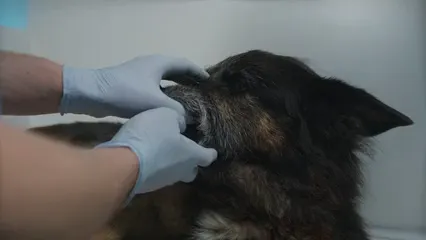
Lifespan and Quality of Life
Dachshunds typically live between 12 and 16 years. Their lifespan can be influenced by genetics and overall care. Quality of life can be enhanced through regular veterinary visits, a balanced diet, and consistent exercise. For more information on improving the quality of life for dogs, check out this guide to improving quality of life for dogs with cognitive dysfunction.
Understanding how to enhance your dog’s quality of life is crucial for their well-being. guide to improving quality of life for dogs with cognitive dysfunction
Providing mental stimulation is equally important. Interactive toys, puzzle games, and training sessions can keep their minds sharp. Socialization with other dogs and people also enriches their lives. Ultimately, a loving home environment and proper care can lead to a happy, fulfilling life for your Dachshund. Consider adding a puzzle toy to their playtime routine!
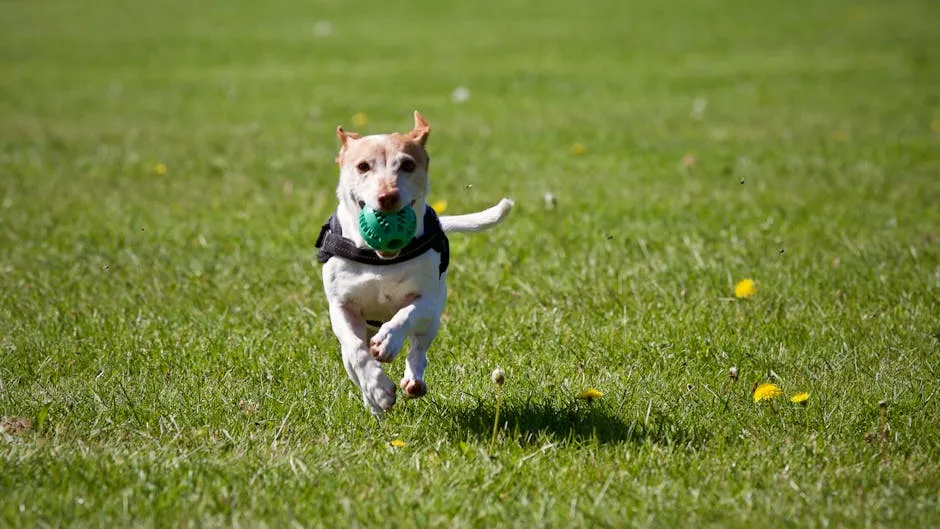
Nutrition and Feeding Guidelines
Diet Essentials
Dachshunds have specific dietary needs to ensure their health. A high-quality diet rich in protein and balanced with healthy fats is crucial. Portion control is essential to maintain a healthy weight. Overfeeding can lead to obesity, which can strain their backs and joints.
When choosing food, consider the type: dry, wet, or raw. Dry food can help with dental health, while wet food may enhance hydration. Raw diets can provide natural nutrition but should be balanced and carefully managed. Each type has its benefits, so select what works best for your pup.
Feeding schedules also matter. Adult Dachshunds typically do well with two meals a day. Puppies may require more frequent meals. Always consult your veterinarian for personalized nutrition advice tailored to your dog’s age and activity level.
To supplement their diet, consider using dog training treats as rewards during training sessions. They’ll love the added incentive!
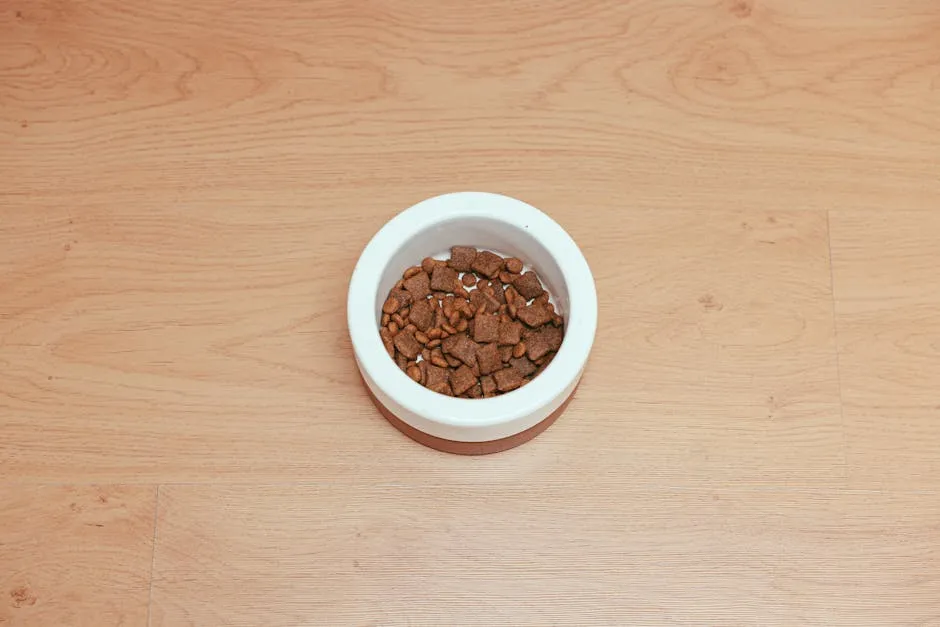
Feeding Schedules
Feeding your Dachshund the right amount of food is key to their health. For puppies, feed them three to four small meals daily until they’re about six months old. This helps support their growing bodies. Once they reach adulthood, switch to two meals a day. Adult Dachshunds generally do well with a balanced diet designed for small breeds.
As for senior Dachshunds, adjust their meals to maintain a healthy weight since they may be less active. Always consult your veterinarian for specific dietary recommendations based on your dog’s age, size, and activity level. Proper nutrition helps ensure a long, happy life for your furry friend.
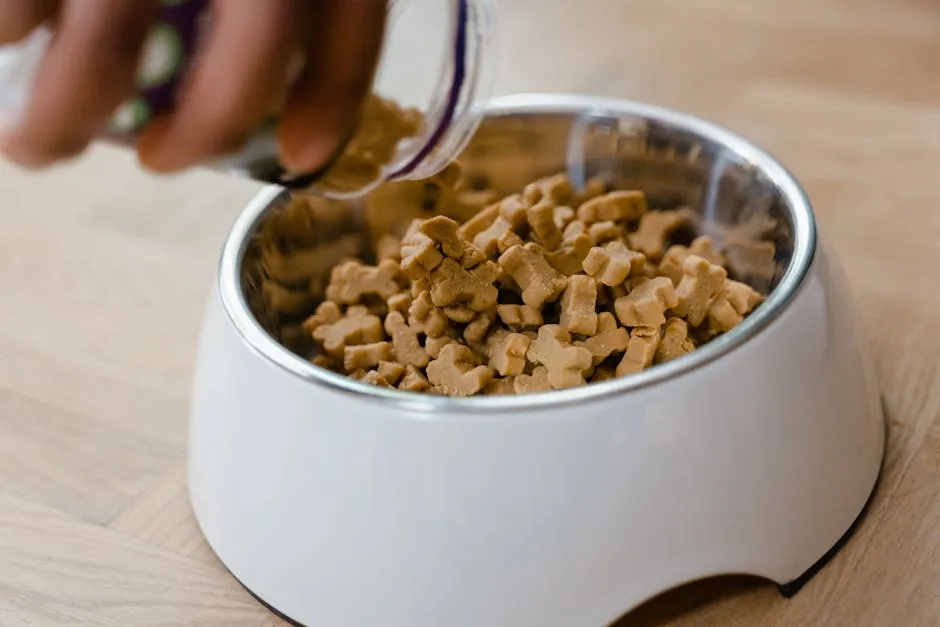
Exercise and Activity Requirements
Daily Exercise Needs
Regular exercise is crucial for Dachshunds. These dogs need daily activity to stay healthy and happy. A lack of exercise can lead to obesity and behavioral issues. Ideally, aim for at least 30 to 60 minutes of exercise each day. This can be broken into two shorter walks or playful indoor sessions.
Fun activities like fetch or gentle tug-of-war can stimulate their minds and bodies. Remember, Dachshunds are prone to back problems, so avoid high-impact activities like jumping from heights. Incorporating varied exercises keeps them engaged and helps maintain a healthy weight.
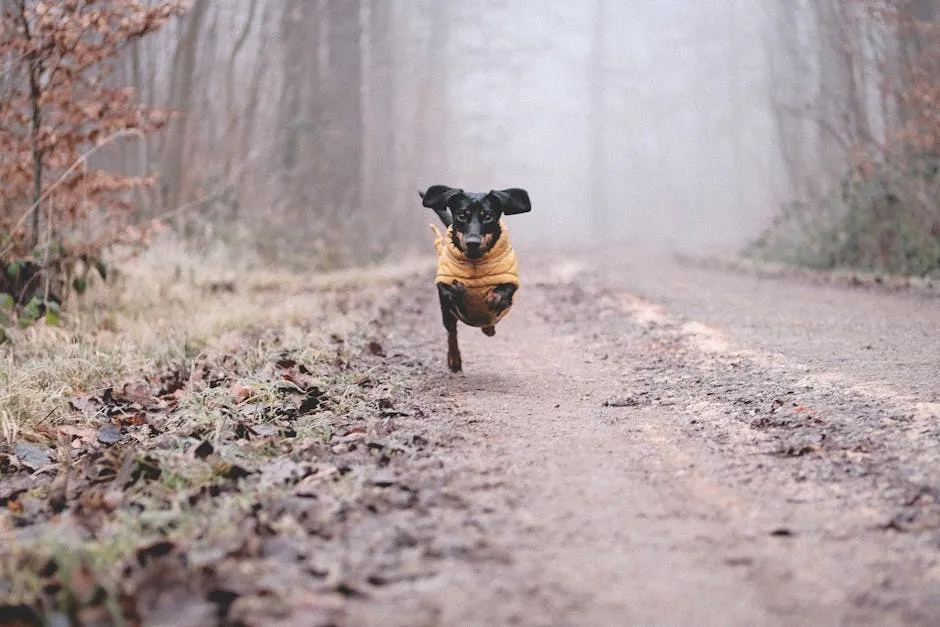
Mental Stimulation
Mental stimulation is just as important as physical activity. Keep your Dachshund engaged with puzzle toys that challenge their problem-solving skills. Games like hide-and-seek or scent trails can be entertaining and enriching.
Interactive toys that dispense treats can also provide hours of fun. Regularly changing up their toys helps maintain interest. This mental enrichment can prevent boredom and promote a well-rounded, happy pup. Consider a dog treat dispenser ball for a fun twist!

Grooming and Maintenance
Grooming Needs by Coat Type
Grooming your Dachshund depends on their coat type. For smooth-haired Dachshunds, weekly brushing is sufficient. Long-haired varieties need daily grooming to prevent tangles and mats. Use a slicker brush and a wide-toothed comb for best results.
Wire-haired Dachshunds require occasional plucking of their coats to maintain texture. Nail trimming is crucial for all types; aim for every 3-4 weeks. Bathing can occur every 4-8 weeks, depending on their activity level. Regularly check their ears to prevent infections and wipe them clean when necessary.

For an effective grooming routine, consider using a dog grooming kit that includes all the essential tools!
Seasonal Grooming Tips
Grooming your Dachshund changes with the seasons. In spring, prepare for shedding. Regular brushing helps manage loose fur. Consider using a de-shedding tool to make the process easier.
Summer means outdoor play, so keep your pup cool. Bathe them more frequently to remove dirt and debris. A light brushing helps prevent matting.
As autumn arrives, check for ticks and debris after walks. Fall is also a good time to trim their nails and clean their ears.
Winter calls for extra care. Ensure their coat is clean and dry to maintain warmth. Regular brushing helps reduce matting and keeps their coat healthy.

Basic Training Techniques
Training your Dachshund starts with positive reinforcement. This method encourages good behavior through treats and praise. Consistency is key. Use the same commands for each action. For example, “sit” should always mean the same thing.
Begin with basic commands like “sit,” “stay,” and “come.” Keep training sessions short, about five to ten minutes. Young pups may have shorter attention spans.
Potty training can be a challenge but is manageable. Take your Dachshund outside frequently, especially after meals and naps. Praise them when they go outside. For more tips on potty training, refer to the Best practices for potty training puppies in apartments.
Effective potty training is essential for a well-behaved pup. Best practices for potty training puppies in apartments
Consistency in your routine helps them learn faster. If accidents occur indoors, don’t scold them; simply clean it up and try again. And while you’re at it, why not use a dog training clicker to make training even more effective?
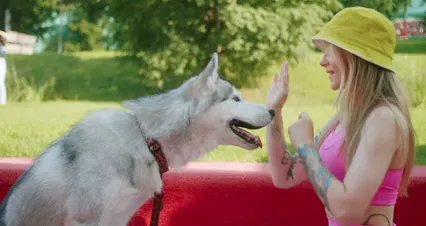
Socialization Strategies
Early socialization is vital for Dachshunds. Expose them to different people, dogs, and environments. This helps them become well-adjusted adults.
Starting socialization when they are puppies can prevent future behavioral issues. Arrange playdates with other friendly dogs. Visit parks and busy areas to help them adjust to new experiences.
If your Dachshund shows stubborn behavior during training, remain calm. Use treats to encourage compliance. Patience and consistency will yield the best results. Remember, they respond well to positive interactions. And while you’re at it, consider a dog sweater for cold weather to keep them warm during outings!

Family Dynamics
Dachshunds often thrive in family environments. They are affectionate and loyal, making them great companions for children. However, supervision is essential during interactions. Teach kids to treat the dog gently and respect their space.
These dogs can also coexist with other pets if socialized early. Monitor their playtime to ensure safety. Dachshunds have a strong prey drive, so be cautious around smaller animals.
Create safe zones for your Dachshund to retreat when feeling overwhelmed. This helps them feel secure in a bustling household. With the right approach, your Dachshund can be a beloved member of the family. And don’t forget to grab a pet first aid kit for emergencies!

Considerations for New Owners
Thinking about bringing a Dachshund into your home? First, consider your lifestyle. These dogs thrive in loving environments where they receive plenty of attention. If you travel frequently or work long hours, a Dachshund may not be the best fit. They can become anxious when left alone for extended periods.
Commitment is crucial when owning a Dachshund. This breed requires regular exercise, mental stimulation, and grooming. Understanding their unique needs is essential for a happy, healthy life together. Be prepared to invest time in training and socializing. With dedication, you’ll enjoy a wonderful bond with your new furry friend. And to make travel easier, consider a pet travel carrier for your adventures together!

Conclusion
In summary, caring for a Dachshund involves understanding their specific needs. These playful pups offer immense companionship and joy when given proper care. From nutrition to exercise, each aspect plays a role in their well-being. Remember, a well-cared-for Dachshund can bring endless love and laughter into your life. If you have questions or need guidance, don’t hesitate to seek additional resources or veterinary advice. Your Dachshund will thank you with wagging tails and happy barks!
And don’t forget to keep your home tidy with a pet hair remover roller to tackle all that shedding!
Please let us know what you think about our content by leaving a comment down below!
Thank you for reading till here 🙂
All images from Pexels





